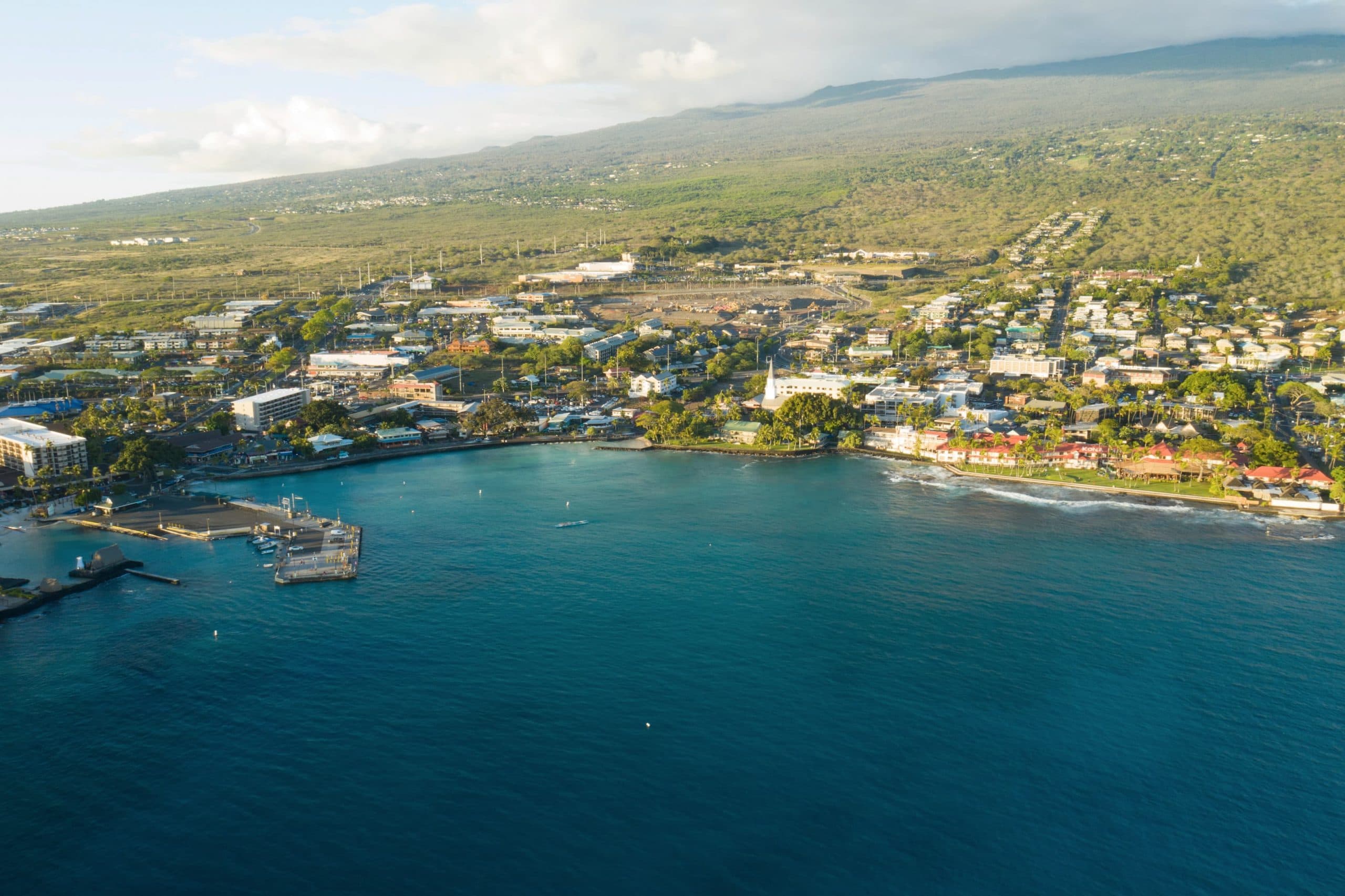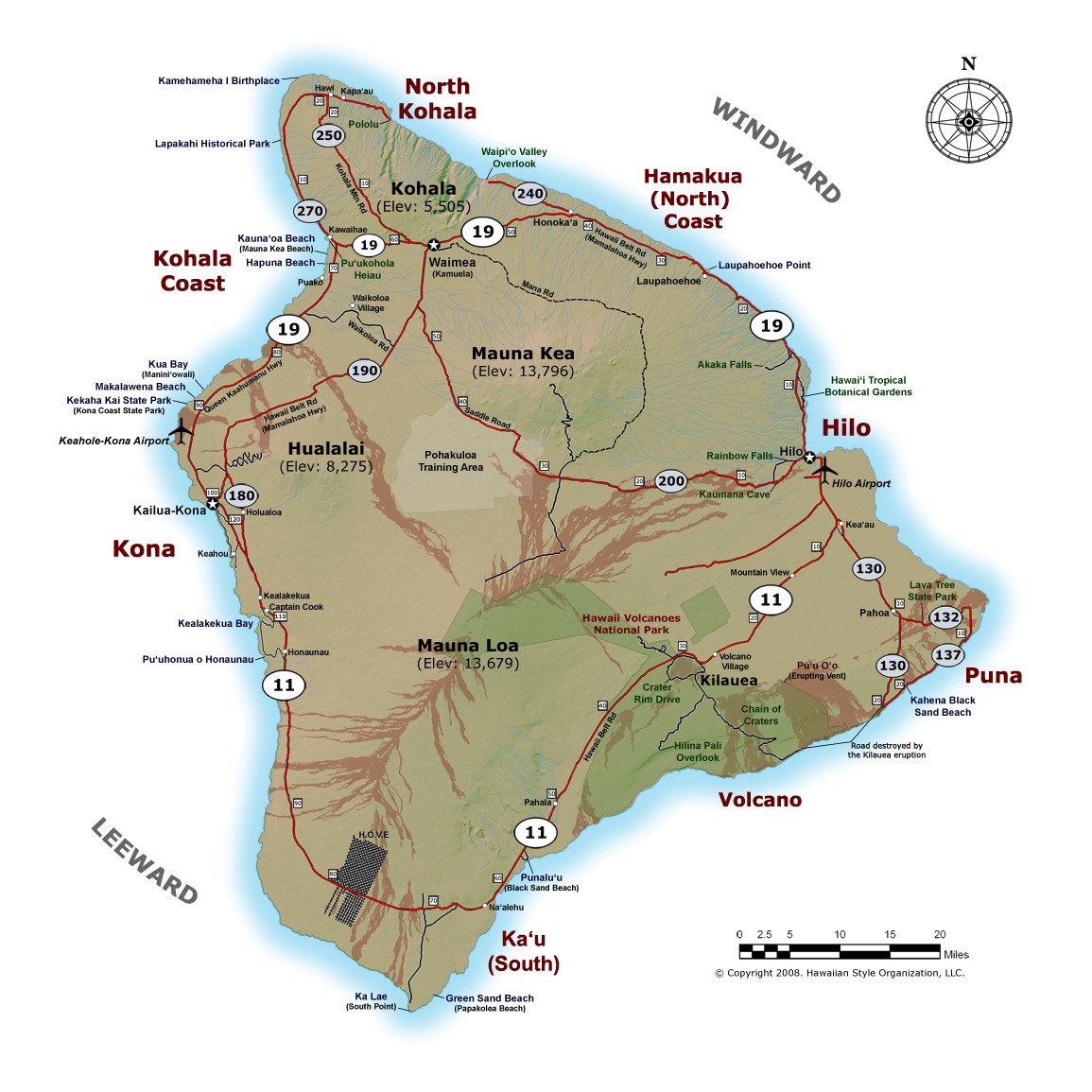Kona Island’s Natural Beauty

Kona Island, nestled in the heart of the Hawaiian archipelago, is a testament to the awe-inspiring power of nature. Its volcanic origins have sculpted a diverse landscape of rugged cliffs, verdant valleys, and pristine beaches, creating a paradise for both the eye and the soul. From the snow-capped summit of Mauna Kea to the shimmering turquoise waters of the Pacific, Kona Island is a symphony of natural wonders.
The Volcanic Landscape
Kona Island’s volcanic origins are evident in its dramatic landscapes. The island was formed by the eruption of five shield volcanoes, each contributing to its unique topography. Mauna Loa, the world’s largest active volcano, dominates the island’s eastern side, its slopes cascading down to the coast. The volcanic terrain is characterized by lava flows, cinder cones, and volcanic craters, each telling a story of the island’s fiery past. These volcanic formations have also created fertile soils, supporting a rich ecosystem of plants and animals.
Lush Rainforests and Pristine Beaches, Kona island
While the volcanic landscape dominates, Kona Island also boasts lush rainforests and pristine beaches. The island’s wet side, facing the trade winds, receives abundant rainfall, nurturing verdant rainforests. These forests are home to a diverse array of plant and animal life, including endemic species found nowhere else in the world. The island’s western side, sheltered from the rain, enjoys a drier climate, creating a perfect setting for sun-drenched beaches. The white sands of these beaches, often fringed by swaying palm trees, offer a haven for relaxation and water sports.
Unique Flora and Fauna
Kona Island is a biodiversity hotspot, home to a remarkable array of flora and fauna. The island’s isolation has allowed unique species to evolve, resulting in a high percentage of endemic plants and animals. The Hawaiian honeycreeper, a vibrant bird with a distinctive curved beak, is a symbol of the island’s unique biodiversity. The endangered Hawaiian monk seal, a rare species found only in the Hawaiian Islands, also calls Kona Island home. The island’s unique ecosystem is a testament to the resilience of nature and the importance of conservation efforts.
Kona Coffee Plantations
Kona Island is renowned for its world-famous Kona coffee, grown on the slopes of Mauna Loa. The coffee beans, grown in volcanic soil and nurtured by the island’s unique microclimate, develop a distinctive flavor profile. The history of Kona coffee dates back to the 19th century, when coffee plants were introduced to the island. Today, Kona coffee is cultivated using traditional methods, ensuring the highest quality beans. The rich aroma and smooth, balanced flavor of Kona coffee have earned it a reputation as one of the finest coffees in the world.
Cultural Significance
The natural environment of Kona Island holds immense cultural significance for the indigenous Hawaiian people. The island’s volcanic landscape, rainforests, and beaches are interwoven with Hawaiian mythology and traditions. The volcanic mountains are seen as sacred places, while the ocean is revered as a source of life and sustenance. The island’s natural resources have sustained Hawaiian culture for centuries, and the preservation of these resources is paramount to the well-being of the community.
Exploring Kona Island’s Culture and History

Kona Island, a gem in the Hawaiian archipelago, boasts a rich tapestry of culture and history, woven from the threads of Polynesian origins, ancient traditions, and the enduring spirit of its people. The island’s story unfolds like a captivating tale, inviting us to delve into its past and experience the vibrant legacy that continues to shape its present.
The Polynesian Roots of Kona
Kona Island’s history begins with the arrival of Polynesian voyagers, skilled navigators who braved the vast Pacific Ocean to reach the shores of Hawaii. These intrepid explorers, known as the “Kanaka Maoli,” brought with them their unique culture, language, and traditions, which would become the foundation of Hawaiian society. They settled in Kona, establishing thriving communities and adapting to the island’s unique environment. Archaeological evidence suggests that the first Polynesian settlers arrived in Hawaii around 1,500 years ago, marking the beginning of a rich cultural heritage that continues to resonate today.
Traditional Hawaiian Culture in Kona
The traditional Hawaiian culture of Kona is a vibrant expression of the island’s natural beauty, spiritual beliefs, and communal values. The arts, music, dance, and storytelling are integral parts of this rich cultural heritage.
Kona’s Artistic Expressions
Kona’s artistic traditions reflect the island’s deep connection to nature and its spiritual essence.
- Hula, the iconic Hawaiian dance, is a powerful form of storytelling, expressing emotions, and honoring the gods. Hula dancers use graceful movements and intricate hand gestures to narrate stories, legends, and historical events, weaving together the island’s history, mythology, and cultural values.
- Lei making is a cherished tradition, where vibrant flowers, leaves, and shells are carefully woven into intricate garlands. These beautiful adornments are used for special occasions, ceremonies, and expressions of love and respect.
- Hawaiian music is characterized by its melodic rhythms, enchanting melodies, and traditional instruments like the ukulele, the ipu (gourd), and the pahu (drum). The music of Kona often tells stories of love, loss, nature, and the island’s rich history.
- Hawaiian crafts, such as wood carving, featherwork, and kapa making (bark cloth), are highly valued for their artistry and cultural significance. These crafts are often passed down through generations, preserving the island’s traditional skills and knowledge.
Storytelling in Kona
Storytelling plays a crucial role in preserving and transmitting the cultural heritage of Kona. Ancient tales, myths, and legends are passed down through generations, offering insights into the island’s history, beliefs, and values. These stories often feature powerful deities, mythical creatures, and historical figures, providing a window into the rich imagination and wisdom of the Hawaiian people.
- Kumulipo, a creation chant, narrates the origins of the universe, the Hawaiian islands, and the Hawaiian people. This epic poem, passed down through generations, serves as a foundational text for Hawaiian culture, providing insights into the island’s cosmology and spiritual beliefs.
- Mo’olelo, traditional stories, often recount historical events, cultural practices, and the lives of important figures. These stories serve as a repository of knowledge, preserving the island’s history and traditions.
- Oli, chants, are used for various purposes, including honoring deities, expressing emotions, and narrating historical events. These chants are often accompanied by rhythmic movements and gestures, adding to their emotional impact.
Historical Sites and Landmarks
Kona Island is dotted with historical sites and landmarks that offer glimpses into the island’s rich past. These sites serve as reminders of the island’s cultural heritage and the resilience of its people.
Pu’uhonua o Honaunau National Historical Park
Pu’uhonua o Honaunau National Historical Park, located on the south Kona coast, is a sacred place of refuge. This ancient Hawaiian sanctuary provided protection to those who had broken the kapu (sacred laws). Visitors can explore the park’s historic structures, including the royal fishponds, the temple platform, and the stone walls that once enclosed the sanctuary.
Kealakekua Bay
Kealakekua Bay, on the west coast of Kona, holds immense historical significance. It was here that Captain James Cook, the British explorer, first landed in Hawaii in 1778. The bay was a major center of Hawaiian culture and commerce, and it continues to be a popular destination for visitors today.
Keauhou Shopping Center
Keauhou Shopping Center, a popular tourist destination, offers a glimpse into the island’s history. The center is located on the site of an ancient Hawaiian village, and its architecture and landscaping reflect the island’s cultural heritage.
Impact of Tourism and Modernization
Tourism has had a profound impact on Kona Island, bringing economic growth and development but also raising concerns about the preservation of the island’s cultural heritage. Modernization has led to changes in the island’s landscape, lifestyle, and traditions. The influx of tourists has brought about cultural exchange and exposure to new ideas, but it has also raised concerns about the erosion of traditional values and the commodification of cultural practices.
Kona Island’s Activities and Attractions

Kona Island offers a diverse range of activities and attractions, catering to every taste and interest. Whether you’re seeking adventure, relaxation, or cultural immersion, Kona Island has something for everyone.
Popular Activities on Kona Island
Kona Island is a haven for outdoor enthusiasts and adventure seekers. The island’s diverse landscape provides opportunities for a wide array of activities, from snorkeling and scuba diving in the crystal-clear waters to hiking through lush rainforests and exploring volcanic craters.
- Snorkeling and Scuba Diving: Kona Island is renowned for its exceptional snorkeling and scuba diving opportunities. The waters surrounding the island teem with vibrant coral reefs, colorful fish, and even sea turtles. Popular snorkeling spots include Kealakekua Bay, where Captain Cook first landed in 1778, and the Manta Ray Night Dive, where you can witness these majestic creatures feeding at night.
- Hiking: Kona Island boasts a network of hiking trails that traverse diverse landscapes, from volcanic slopes to lush rainforests. The Kealakekua Bay Trail offers stunning views of the coastline, while the Mauna Loa Trail leads to the summit of the world’s largest active volcano. For a challenging hike, try the Pu’u Huluhulu Trail, which climbs to the summit of a cinder cone.
- Whale Watching: From December to May, Kona Island becomes a prime destination for whale watching. Humpback whales migrate to the warm Hawaiian waters to mate and give birth, offering spectacular displays of breaching, tail slapping, and singing. Numerous whale watching tours are available, allowing visitors to get up close and personal with these majestic creatures.
- Coffee Tours: Kona Island is famous for its high-quality coffee, grown on the slopes of Mauna Loa. Several coffee plantations offer tours, where visitors can learn about the coffee-growing process, from bean to cup. You can also sample different varieties of Kona coffee and purchase beans to take home.
- Golfing: Kona Island is home to several world-class golf courses, offering stunning views of the ocean and volcanic landscapes. The Kona Country Club, designed by Ted Robinson, is a challenging and picturesque course, while the Waikoloa Beach Marriott Resort & Spa boasts two championship courses.
Kona Island, with its stunning beaches and volcanic landscapes, is a dream destination for many. But let’s be honest, airfare can be a bit of a “lava flow” on the wallet. Luckily, you can save some serious “aloha bucks” with Alaska Airlines’ incredible buy one, get one free flight deals.
So, grab your lei and your best “shaka” and get ready to experience the magic of Kona Island without breaking the bank.
Kona Island, with its stunning beaches and vibrant culture, beckons adventurers to experience the true spirit of Hawaii. If you’re dreaming of escaping to this tropical paradise, now’s the perfect time to book your flight with the incredible Alaska Airlines Hawaii sale.
So, pack your swimsuit, grab your sunscreen, and get ready to soak up the sun on the beautiful shores of Kona Island.
